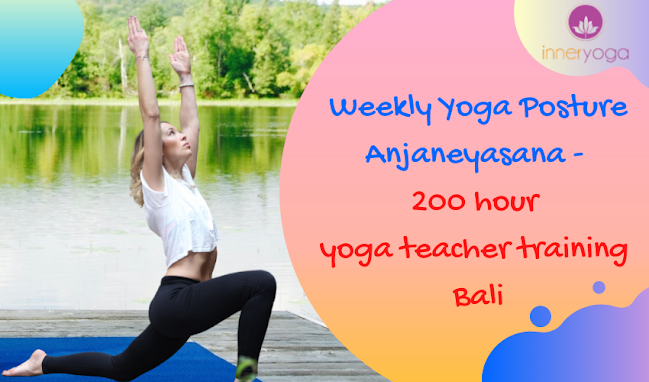Restrorative Yoga Yin Yang Yoga Teacher Training
Although both are slow paced practices, they are very different! Here is a brief overview of Restorative Yoga and the main differences with Yin Yang Yoga Teacher Training.
Developed by B.K.S. Iyengar, Restorative Yoga allows students to practice without any strain or pain. This style of yoga is known for its relaxing, calming and healing effect; ideal for those recovering from injuries or illnesses.
The
intention is to relax into the postures, using as little physical effort as
possible. Focusing on the breath in order to release tension from the body.
Restorative
yoga classes are relaxing and slow paced. The whole sequence is made up of only
five or six postures which are held for long periods of time. Many props
(bolsters, blankets, blocks and belts) are used to allow the body to be fully
supported and comfortable. Gentle music combined with guided meditation helps
to hold the space while the students are holding the postures.
A restorative yoga sequence is made up of usually only about five or six poses, mostly on the floor. All poses are held for 5-10 minutes with the support of props that allow you to completely relax into the stretch.
In Restorative yoga the focus is to stimulate the parasympathetic nervous system. As we trigger the relax response, it allows us to slow down the heart rate, regulate the blood pressure, boost the immune system and accelerate the body's natural healing process; making it particularly beneficial for those suffering from stress-related conditions, such as anxiety, insomnia, headaches. ect.
As part of our yin teacher training we
find it important to clarify the
differences between Restorative Yoga and Yin Yoga
These yin yoga teacher certification
practices are similar in the sense that they are slow, meditative practices
focused on long holds. So how do they differ?
● Stretch: In yin yoga, there is an active stretch but in restorative
yoga, the stretch is completely passive as the body is fully supported.
● Focus: In yin yoga, the focus is on stretching your connective
tissues but in restorative yoga, the focus is on the breath, allowing a passive
release of mind-body tension.
● Props: In yin yoga, props are used to deepen or soften the stretch.
In restorative yoga, props are used to completely support the body, using many
more props, which include: straps, blankets, blocks, sandbags and bolsters.
●
Poses: Yin yoga poses are held
for 3-5 minutes, while restorative yoga
poses are held for 5-10 minutes.
For more information on how to join us visit www.inneryogatraining.com or email us at join@inneryogatraining.com
Source link: https://www.inneryogatraining.com/restrorative-yoga-yin-yang-yoga-teacher-training/
Inner Yoga Blog 6
Stephanie Parent




Comments
Post a Comment